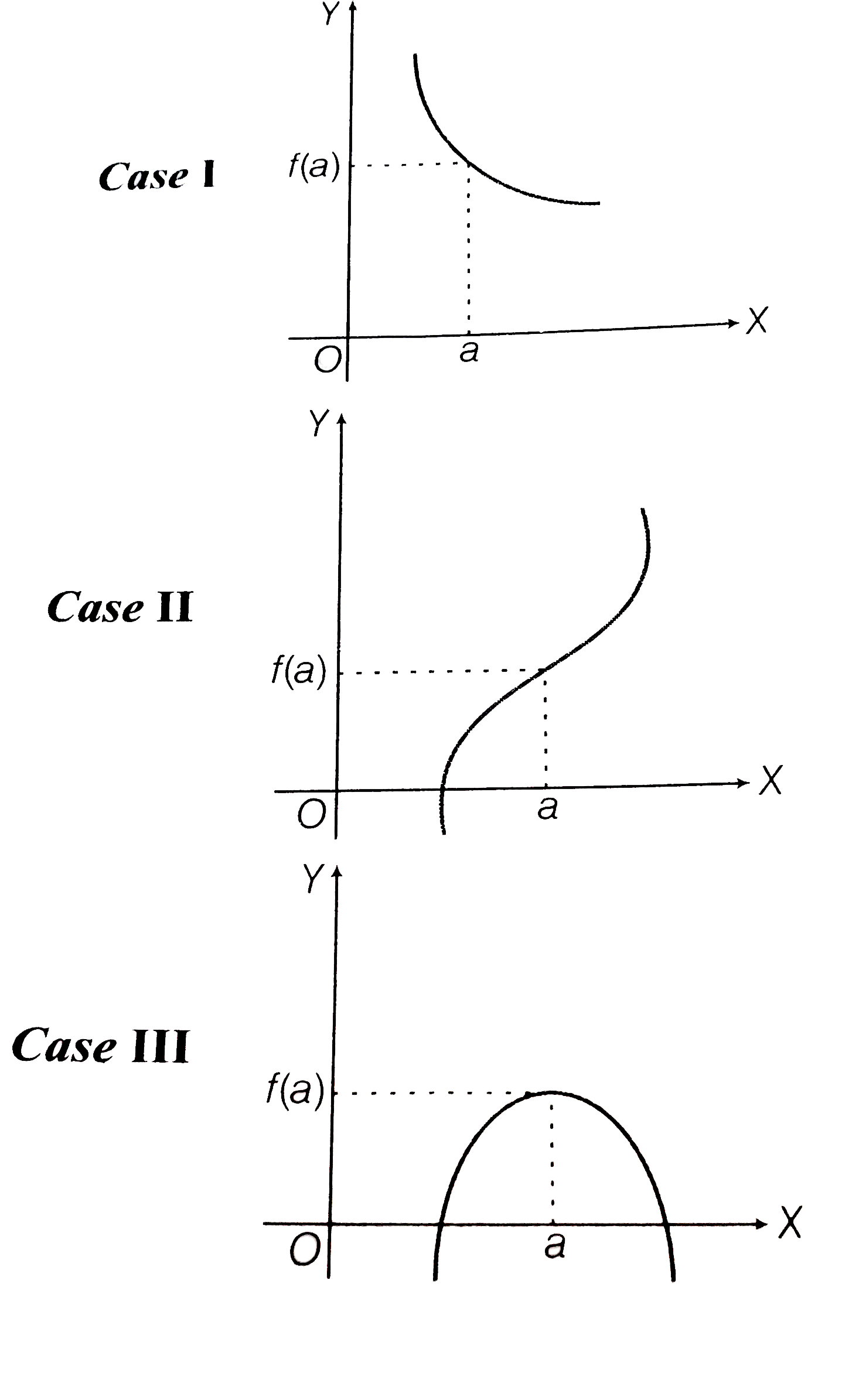(lim)x→01n(1+2h)−21n(1+h)h2=__Solution in Punjabi
The correct Answer is:=−1
Step by step video & image solution for ("lim")_(xvec0)(1n(1+2h)-21 n(1+h))/(h^2)=____ by Maths experts to help you in doubts & scoring excellent marks in Class 12 exams.
Updated on:21/07/2023Topper's Solved these Questions
- LIMITSBook:ARIHANT MATHSChapter:LIMITSExercise:SOLVED EXAMPLES
Explore 1 Video
- LIMITSBook:ARIHANT MATHSChapter:LIMITSExercise:Exercise (Single Option Correct Type Questions)
Explore 38 Videos
- INVERSE TRIGONOMETRIC FUNCTIONSBook:ARIHANT MATHSChapter:INVERSE TRIGONOMETRIC FUNCTIONSExercise:Exercise (Questions Asked In Previous 13 Years Exam)
Explore 8 Videos
- LOGARITHM AND THEIR PROPERTIESBook:ARIHANT MATHSChapter:LOGARITHM AND THEIR PROPERTIESExercise:Exercise (Questions Asked In Previous 13 Years Exam)
Explore 4 Videos
Similar Questions
To evaluate limx→a[f(x)], we must analyse the f(x) in right hand neighbourhood as well as in left hand neighbourhood of x=a. E.g. In case of continuous function, we may come across followign cases.


Iff(a) is an integer, the limit will exist in Case III and Case IV but not in Case I and Case II. If f(a) is not an integer, the limit exists in all the cases. ltbgt If f'(1)=−3 and limx→1[f(x)−12] does not exist, (where [.] denotes the greatest integer function), then
View Solutionlimx→0sin(πcos2(tan(sinx)))x2 is equal to
View SolutionIf α=3sin−1(611andβ=3cos−1(49), where the inverse trigonometric functions take only the principal values, then the correct options (s) is (are)
View SolutionIn Which quadrant Point (−2,−3) will be lie.
View SolutionIf f(x) is differentiable at x=a and f′(a)=14. Find (lim)h→0f(a+2h2)−f(a−2h2)h2
View SolutionGiven that f'(2)=6andf'(1)=4 then Limh→0f(2h+2+h2)−f(2)f(h−h2+1)−f(1) is :
View Solutionlimh→03h2−2hh=?
View SolutionEvaluate the following limits :
limh→1h2+2h−3h−1
View SolutionThe value of limx→0ln(1+2h)−2ln(1+h)h2 is :
View SolutionIf f'(2)=1, then limh→0f(2+h2)−f(2−h2)2h2is equal to
View SolutionEvaluate the limit: (lim)h→0⎡⎢⎣1h(8+h)13−12h⎤⎥⎦
View Solution(lim)h→0(e+h)1n(e+h)−ehis__
View SolutionIf f′(a)=14,then(lim)h→0f(a+2h2)−f(a−2h2)f(a+h3−h2)−f(a−h3+h2)= 0 b. 1 c. −2 d. none of these
View SolutionEvaluate the limit: (lim)h→0⎡⎢⎣1(8+h)13−12h⎤⎥⎦
View SolutionGiven f(2) = 6, (1) =4 find limh→0f(2+2h+h2)−f(2)f(1+h−h2)−f(1)
View Solution(lim)x→0sin(x2)1n(cos(2x2−x))isequal→ 2 (b) −2 (c) 1 (d) −1
View Solution
